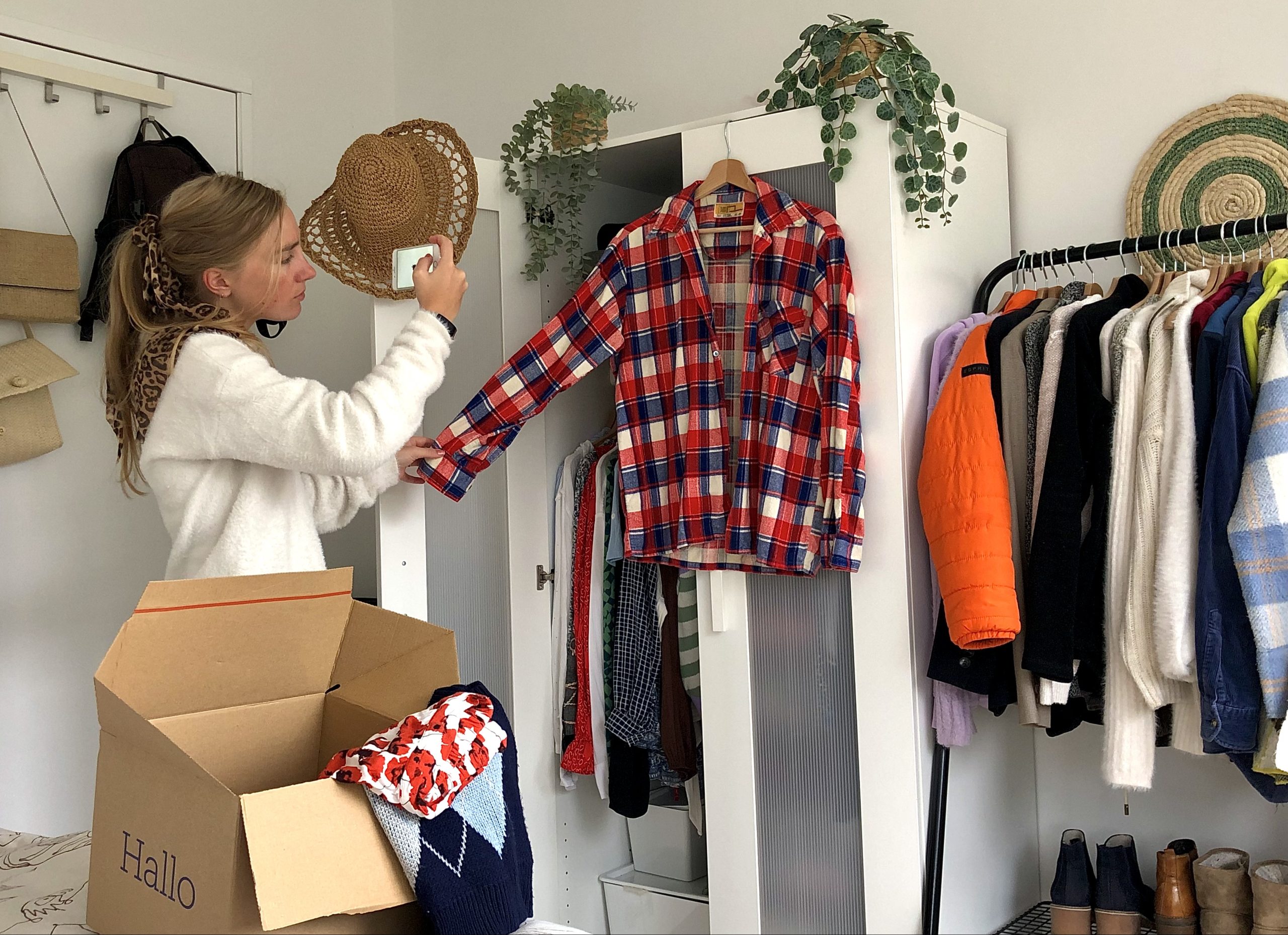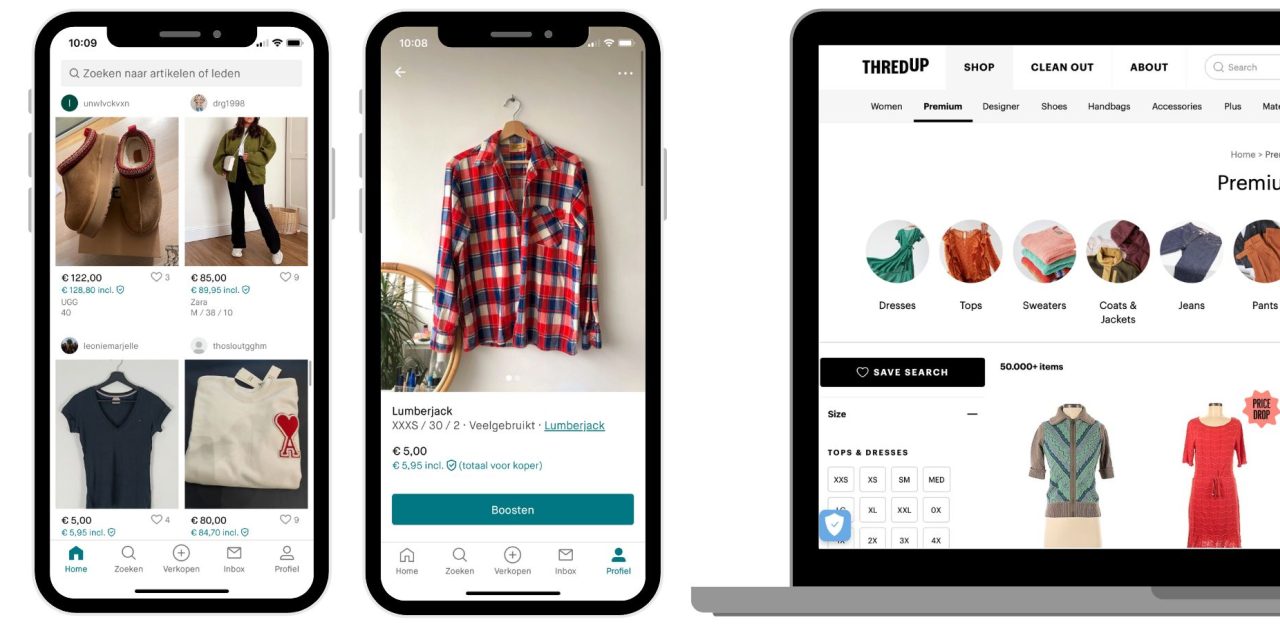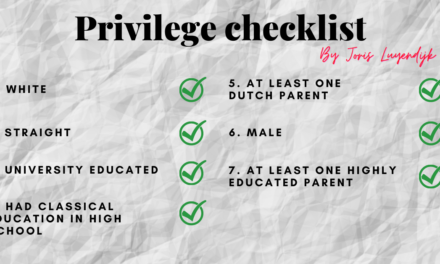Online secondhand clothing is one of the fashion industry’s hottest trends. Over the last few years there has been a major growth in resale fashion and research has shown that the growth is not likely to slow down anytime soon. The U.S. secondhand market is expected to more than double by 2026, which is a 16-time faster growth than the broader retail sector. There are several factors that have contributed to this growth and will continue to contribute to this growth in the future.
The secondhand clothing market is composed of two major markets: thrift stores and resale platforms. The latter has largely fueled the recent boom. Research done by online resale platform ThredUp shows that online resale is the fastest-growing sector of secondhand clothing retail. A growing interest in secondhand fashion could already be seen before the COVID-19 pandemic. However, when people where stuck at home going through their closets many found themselves on online resale websites such as Vinted, ThredUp, DePop and Vestiaire Collective. Many of them saying that it is easier to shop secondhand than it was 5 years ago thanks to the emergence of technology and online marketplaces.
“At the rate in which the fashion industry is producing clothing, it is crucial that resale becomes a key part of citizens’ lifestyles”
ThredUp’s 2022 Resale Report shows that the main reason people choose to buy secondhand clothing online is affordability. The current inflation seems to be a factor in the growing resale market. Consumers are spending less on apparel as they feel the squeeze of inflation and 58% of consumers say secondhand purchases have helped them in some way during these times of inflation. According to Marieke Eyskoot, sustainable fashion and lifestyle expert, there is no such thing as ‘cheap’ fashion: “When something is cheap it does not mean it costs less, somebody else is paying the price. Sustainable fashion is not expensive, common fashion is too cheap”. Buying secondhand clothing could therefore be an affordable way to buy quality clothing without letting somebody else pay the price.
Sustainability can be seen as a major motivator to buy secondhand fashion amongst Gen Z. 2 in 3 consumers who shop fast fashion say they aspire to buy more secondhand fashion. Aja Barber, writer, stylist and consultant in sustainability and the fashion landscape said in the ThredUp report: “At the rate in which the fashion industry is producing clothing, it is crucial that resale becomes a key part of citizens’ lifestyles”. Consumers seem to agree with about half of fast fashion shoppers saying they try to avoid purchasing fast fashion. Secondhand displaced nearly 1 billion new clothing purchases in 2021 that normally would have been bought new
Other reason why more and more consumers roam online resale websites is the opportunity of finding more one-of-a-kind items, it being more fun than mainstream clothing stores and it therefor being more rewarding. Consumers shared that they feel a positive emotion when they buy a secondhand item. “There is nothing more enjoyable you can do for a more sustainable closet than shopping secondhand”, thus Marieke Eyskoot.
Enlarge





